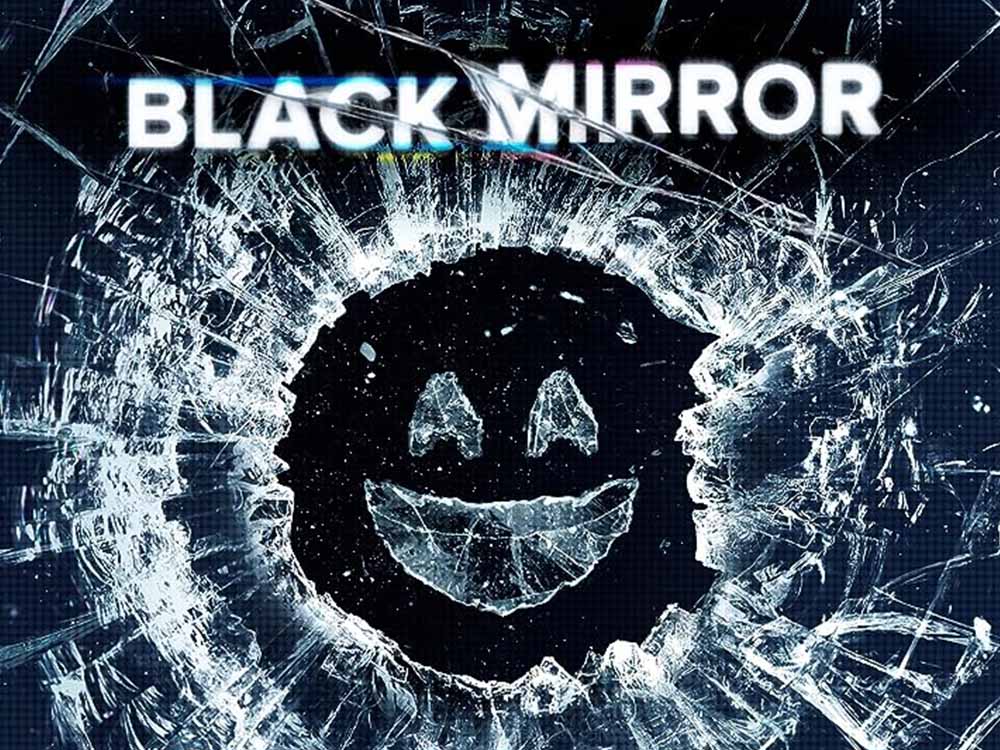Black Mirror (2016) – A Dark Mirror Reflecting Modern Society’s Fears
“Black Mirror,” the anthology series created by Charlie Brooker, returned in 2016 for its third season, offering viewers a thought-provoking and often unsettling glimpse into a dystopian future shaped by technology. This season continued the series’ tradition of exploring the darker side of human nature and the consequences of our ever-evolving relationship with technology.
The Premise – Standalone Stories of Technological Dystopia
“Black Mirror” is known for its anthology format, with each episode presenting a standalone story set in a different dystopian or near-futuristic world. These stories often revolve around the unanticipated consequences of technological advancements, shining a critical light on the impact of modern technology on society.
The third season of “Black Mirror” included episodes like “Nosedive,” which explored the consequences of a social rating system, and “San Junipero,” a love story set in a digital afterlife. Each episode was a self-contained narrative that tackled various aspects of our interconnected digital world.
Characters and Performances – A Diverse Array of Talent
“Black Mirror” attracted a diverse array of talent for its third season, with each episode featuring a different cast and storyline. This allowed for a wide range of performances and characters, from comedic to tragic, and from heroic to morally ambiguous.
Actors such as Bryce Dallas Howard, Gugu Mbatha-Raw, and Mackenzie Davis delivered standout performances, bringing their respective episodes to life. The series’ ability to attract top-notch talent contributed to its critical acclaim.
Themes and Social Commentary – A Mirror of Our Fears
“Black Mirror” has always excelled at using its speculative narratives to comment on contemporary societal issues and anxieties. In its third season, the series continued to explore themes such as the loss of privacy in the digital age, the potential consequences of social media obsession, and the blurring of reality and simulation.
The episode “Hated in the Nation” delved into the consequences of online harassment and the dark side of internet culture, while “Men Against Fire” questioned the dehumanization of warfare through advanced technology. These stories offered chilling glimpses into possible futures, prompting viewers to reflect on their own behaviors and the implications of their digital choices.
Cinematic Excellence – A Visual and Auditory Feast
“Black Mirror” has always been praised for its production values, and its third season was no exception. The series continued to showcase high-quality cinematography, intricate set designs, and effective use of visual effects to create immersive and believable worlds.
Additionally, the show’s use of music and sound design was noteworthy. The haunting and evocative scores added to the atmosphere and emotional impact of each episode, enhancing the overall viewing experience.
In conclusion, “Black Mirror” Season 3 (2016) maintained the series’ reputation for thought-provoking storytelling and social commentary. With its diverse range of characters, exceptional performances, and exploration of timely themes, it continued to serve as a dark mirror reflecting the fears and anxieties of modern society in an increasingly interconnected world.











